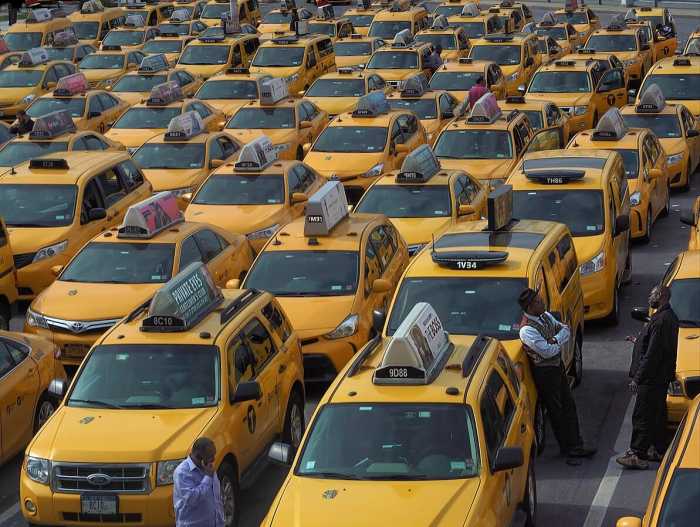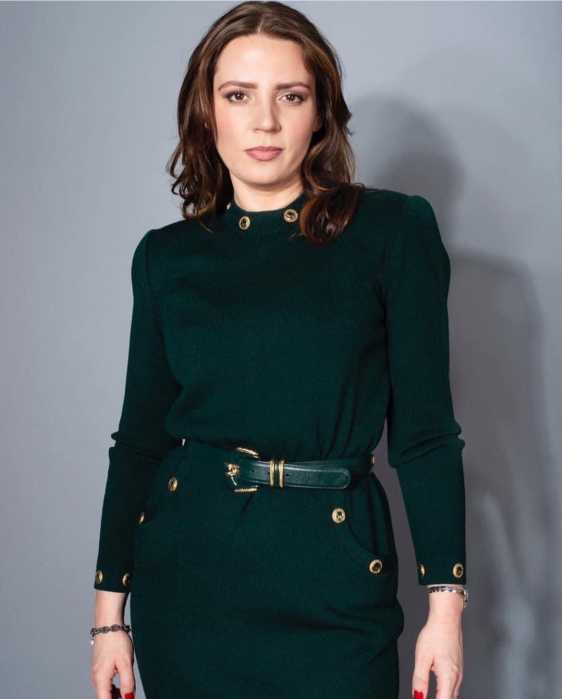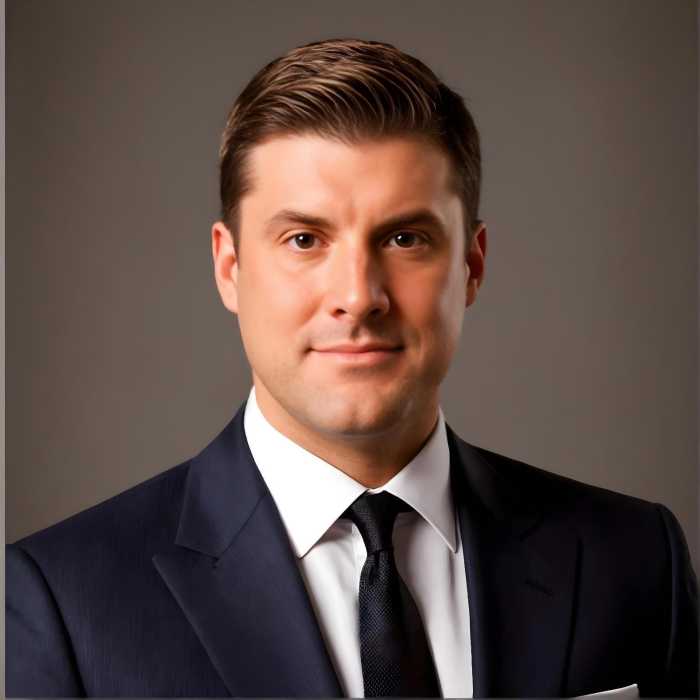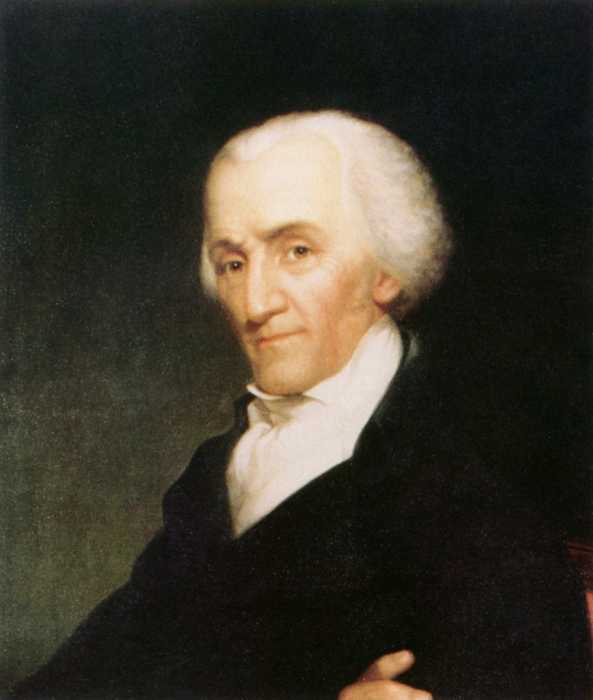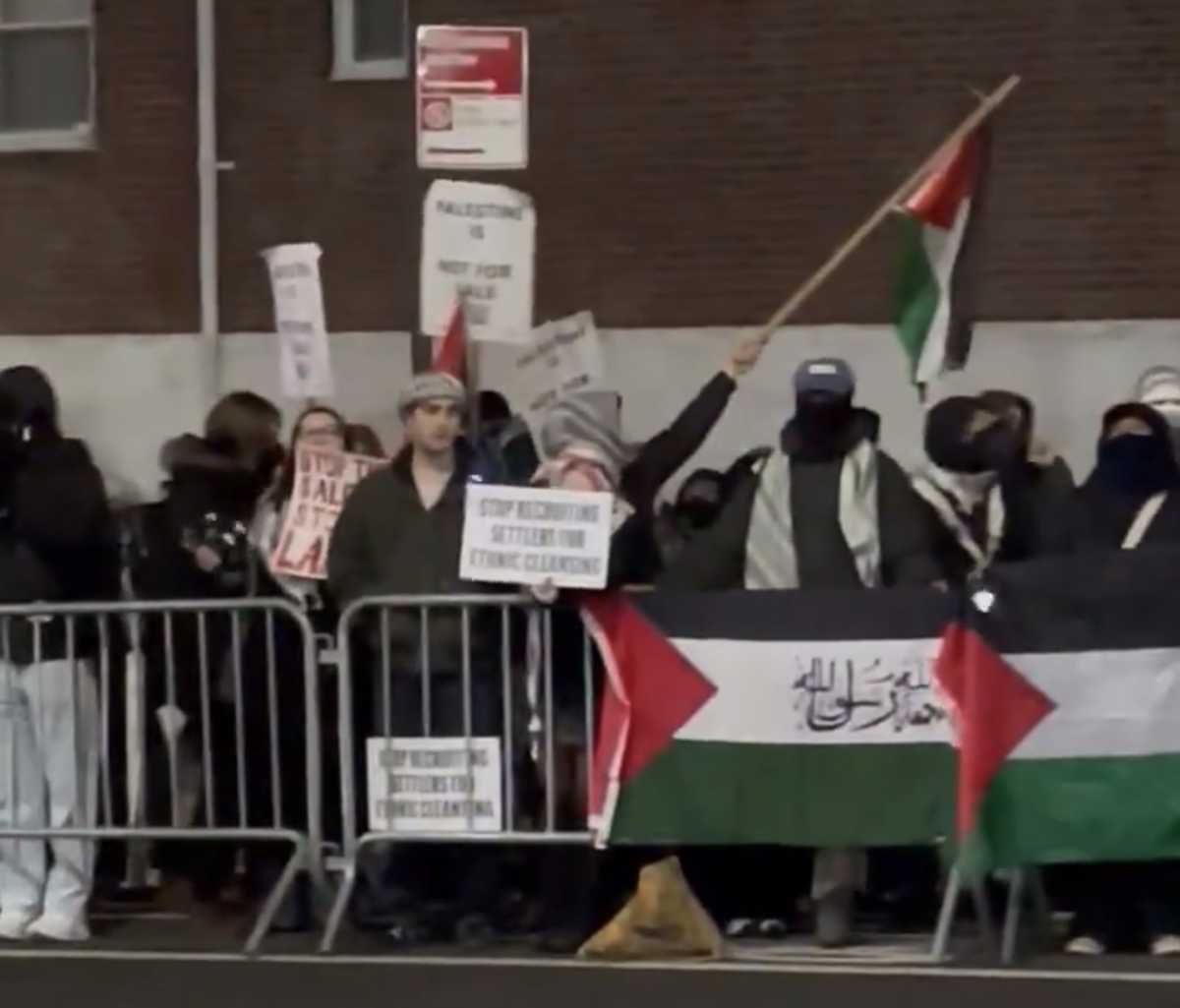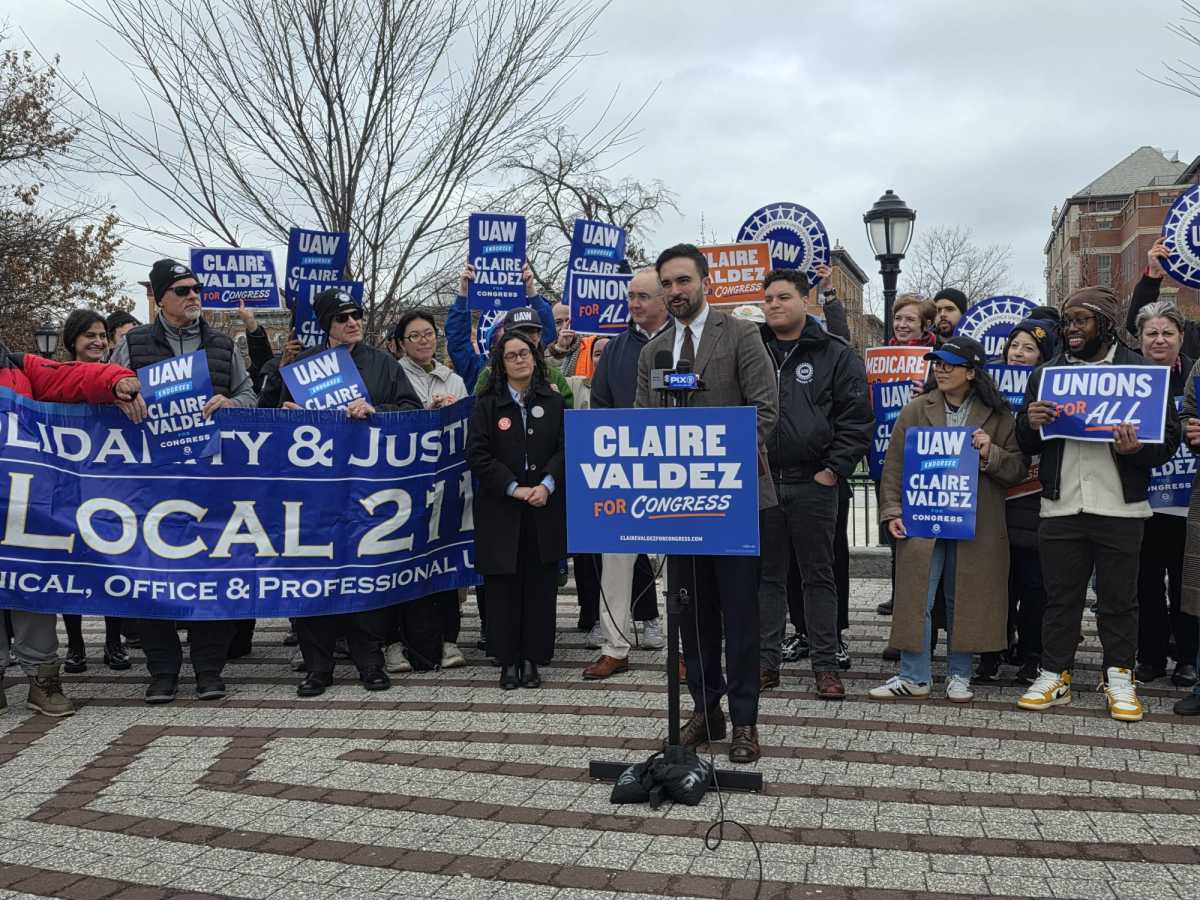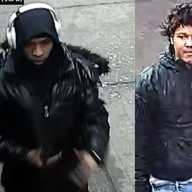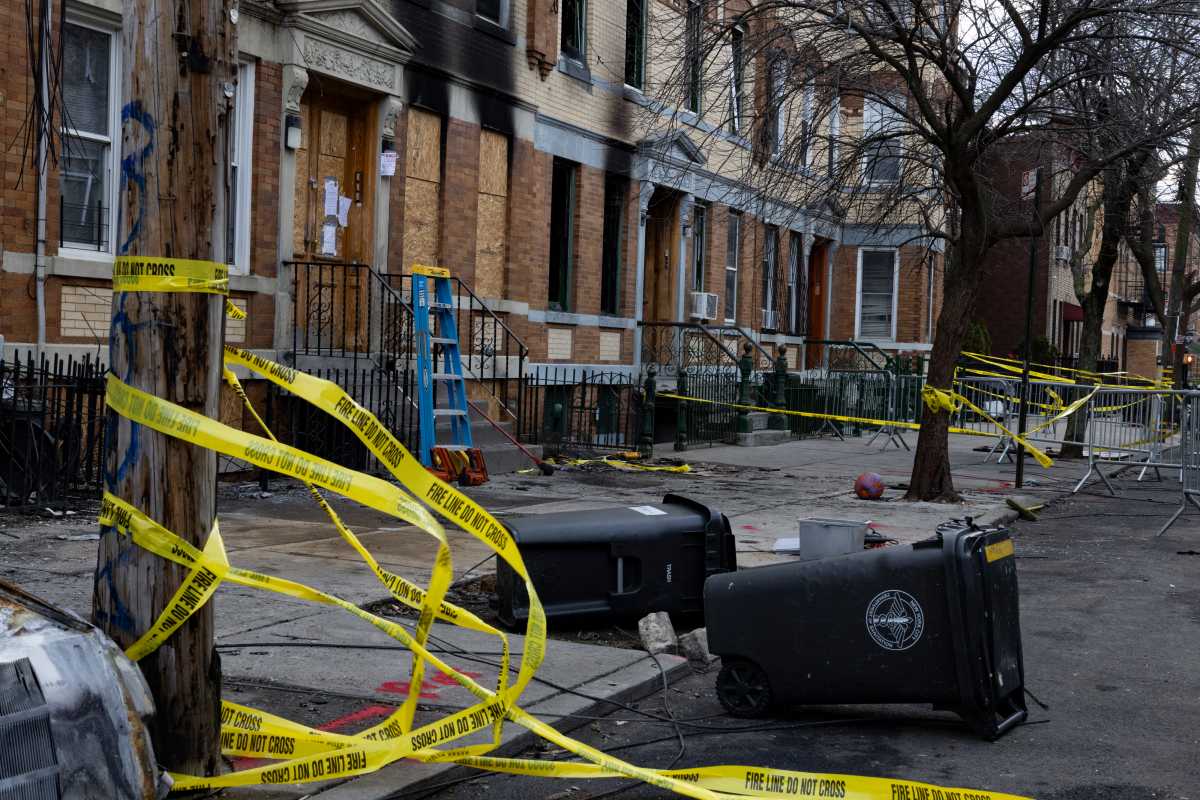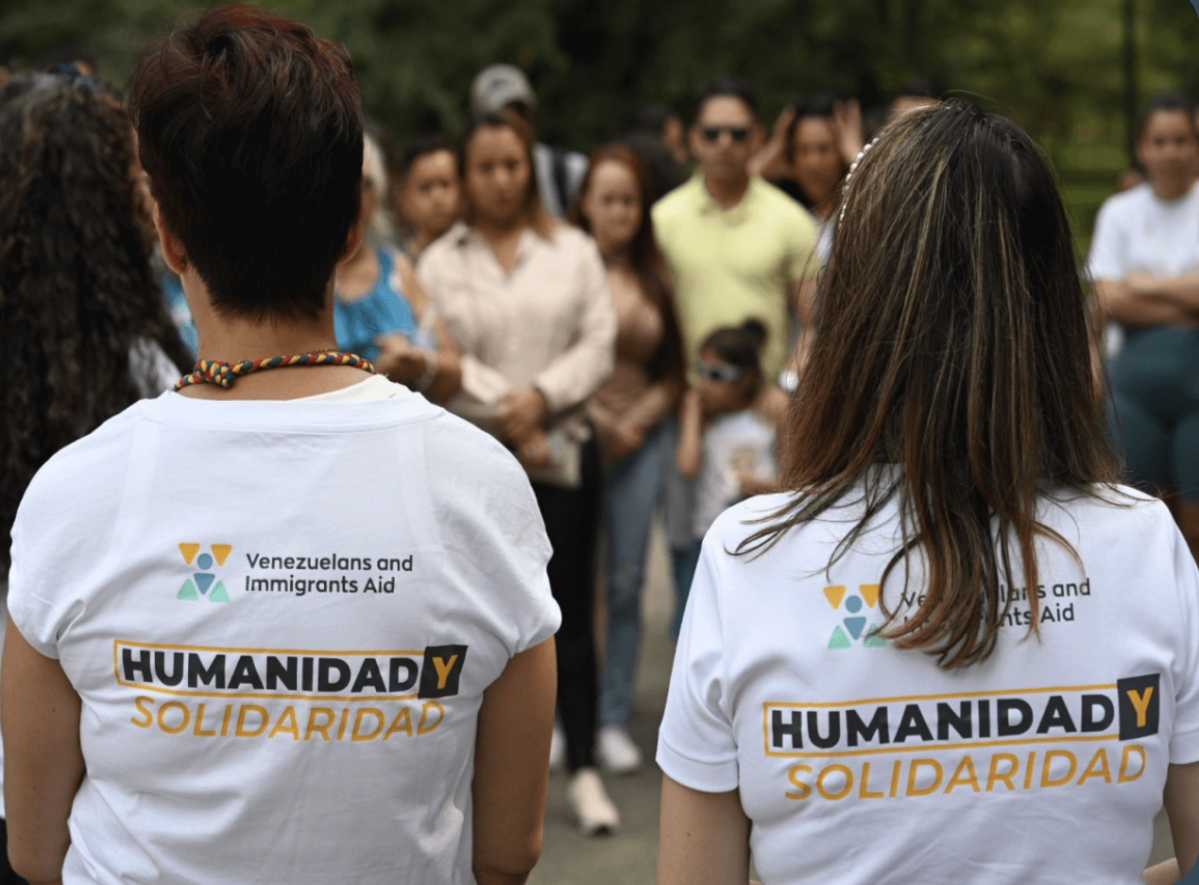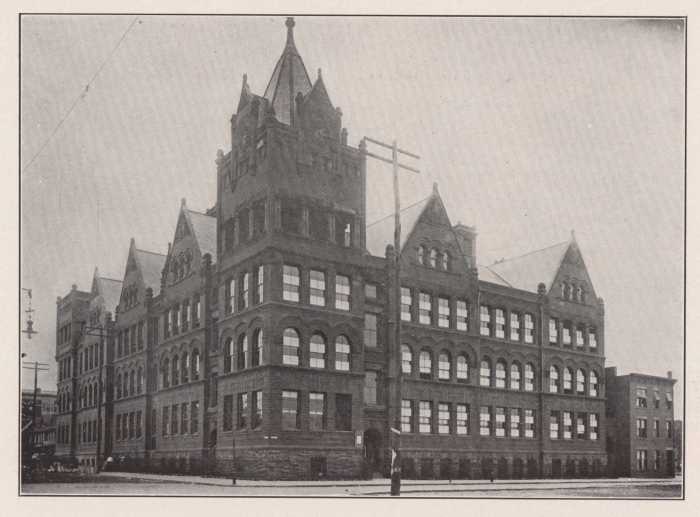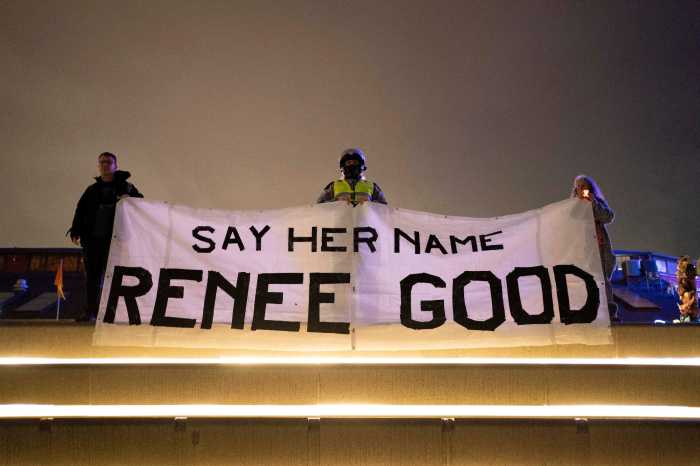The new era began in September, when the NYPD released footage of a police-involved shooting. It was the first time such a shooting was captured by NYPD body-worn cameras.
Soon, there were more. Last week, two more body camera videos were released from incidents in October and November. In one, a 67-year-old man wearing a white fedora is shot in a Bronx homeless facility after police said he attacked two security guards with a knife. In the other, officers respond to a call of a man attempting to commit suicide in a Manhattan apartment. When he moves toward them, he is shot in the leg (he survived). One of the officers who fired his weapon had received his body camera less than a week before.
That’s how quickly things are changing within the NYPD’s body camera pilot program, which started after much delay in April. The fatal shootings are now available with images and sound on the NYPD website.
Cameras have been deployed to just over 1,300 officers in 20 precincts. Those cameras have recorded more than 18,000 hours of footage from 110,000 videos. The videos are made available to district attorneys and the Civilian Complaint Review Board in what is just the beginning of a new reality: more and more police conduct, including harrowing scenes like the shootings, can be expected to be caught on tape.
Why did we start filming?
The body camera pilot project is a requirement from the landmark federal case Floyd v. City of New York. In 2013, Judge Shira Scheindlin found that the NYPD’s stop-and-frisk strategies violated the constitutional rights of minorities. The court ordered reforms including the one-year body camera pilot program.
In 2014, the NYPD tested around 50 of the cameras in a trial run, but the court-ordered program began only this year.
The cameras have been controversial. In the national conversation about black civilians killed by police, some activists and politicians have at times clamored for the cameras as a tool for improving police-community relations. In other corners, there are privacy concerns, and also questions about whether cameras actually change behavior on either the police or civilian side. A study of Washington, D.C.’s body camera program released over the summer, for example, found no significant effects on civilian complaints or the use of force despite thousands of officers wearing cameras.
Like New York’s police department, D.C.’s has operated under federal oversight that may have contributed to an improved policing atmosphere before the cameras.
For the NYPD’s program, which will be evaluated at the end of the pilot, the court monitor has paired precincts that get the cameras with ones that don’t to do a controlled comparison of the devices’ effects. The paired precincts have similarities in crime and demographics, among other markers.
In the meantime, the cameras are also being used for other purposes. This August, jurors were presented with body camera footage as trial evidence for the first time in the borough of Queens. (The footage came from the initial experiment with body cameras that started in 2014, but current video is making its way to prosecutors, too.)
Molly Kovel, senior staff attorney at the New York Civil Liberties Union, says it may be hard to ascribe changes to the cameras. “Body cameras are a really complex issue,” she says. “It’s not clear which side they’ll be on. The side of transparency or the side of surveillance and the invasion of privacy.”
It’s all about the details
Certainly there are side effects and complications about the cameras that go beyond the simple idea of viewing police activity.
As with most police and technological matters, the details are important. The NYPD took some input from the public last year, and arrived at guidelines that cover when cops should turn on the camera (not in every interaction, but in many situations) and when they are prohibited from recording (when interviewing sex crime victims, for example). The updated guidelines propose retaining videos for a year.
The NYPD has also haphazardly developed precedents for when to release videos — hardly cooperative for Freedom of Information Law requests for example, but sometimes quick with certain controversial videos.
“The police commissioner reserves the authority to release video,” says Lt. John Grimpel, an NYPD spokesman.
The decisions to release video of the three fatal shootings, which appear to have been made on a case-by-case basis, showcase some of the issues to come. Do the videos violate the rights of police officers, as rank-and-file union president Pat Lynch has argued? What will happen when a video clearly shows an officer did something wrong — will the commissioner be so quick to release the tape? And will the videos always tell the full story? The ones we’ve seen so far are often obscured by arms.
One certainty seems to be that shootings like these show no sign of stopping, and the cameras will document the tense interactions between officers and victims even if the videos don’t change policies or behavior or resurrect the dead on screen. Another shooting took place this week, when a Bronx man with a machete in an apartment was killed by police. The officers weren’t wearing body cameras, so that one was not filmed. Soon, it likely would be.



